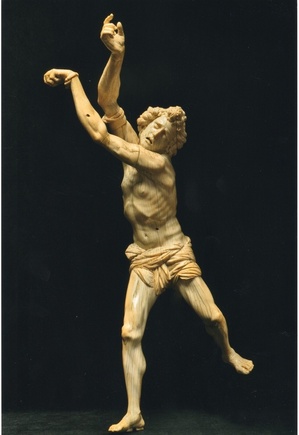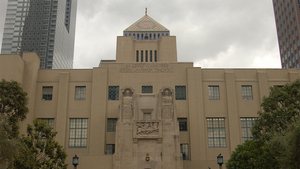Elizabeth Catlett is often presented as a soothing, non-challenging and not very innovative artist. So I was intrigued to receive word about an exhibition that opens on Jan. 27 at the Bronx Museum of the Arts: Stargazers: Elizabeth Catlett in Conversation with 21 Contemporary Artists is intended to explore Catlett’s work, from the 1960s to the present, in the context of the other contemporary artists who are working today. It’s a first.
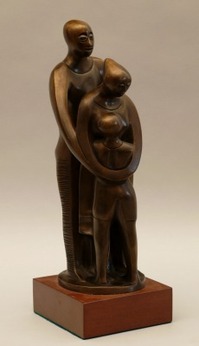 The BMA has gathered works by 21 artists, including Sanford Biggers, iona rozeal brown, Ellen Gallagher, Kerry James Marshall, Robert Pruitt, Mickalene Thomas, Roberto Visani, and Carrie Mae Weems, to prove the point that Catlett was a pioneer. The common themes are race, gender, history, memory, and politics, and the media include Catlett’s prints and sculptures alongside the ceramics, new media, painting, photography, and sculpture of others.
The BMA has gathered works by 21 artists, including Sanford Biggers, iona rozeal brown, Ellen Gallagher, Kerry James Marshall, Robert Pruitt, Mickalene Thomas, Roberto Visani, and Carrie Mae Weems, to prove the point that Catlett was a pioneer. The common themes are race, gender, history, memory, and politics, and the media include Catlett’s prints and sculptures alongside the ceramics, new media, painting, photography, and sculpture of others.
Catlett was born in 1915 and is still working, in both the United States and Mexico. According to the press release:
She received first prize in the 1940 American Negro Exposition held in Chicago for her graduate thesis at Howard University and was the first recipient of an MFA in sculpture at the University of Iowa. Other notable achievements include serving as the first female professor of sculpture and the head of the sculpture department at the National School of Fine Arts, San Carlos, and receiving the International Sculpture Center’s 2003 Lifetime Achievement in Contemporary Sculpture Award.
That’s all fine, wonderful even.
But I’m very glad to see a number of male artists on the BMA’s list, as Catlett was not just a woman artist. The museum has chosen a good point to make, and if I’d be happy to see the guest curator Isolde Brielmaier, successfully demonstrates her influence on younger artists. Catlett may come to be more appreciated.
Her record auction price, btw, was achieved in 2009, for a life-size red cedar sculpture called Homage to My Young Black Sisters, from 1968: $288,000.
Photo Credit: Courtesy of the Bronx Museum

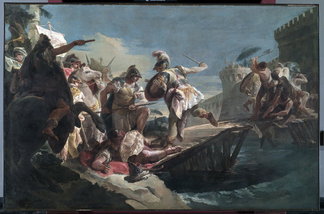
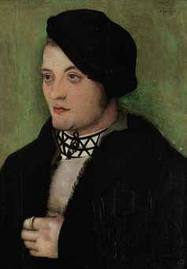 The painting — by German artist Hans Baldung Grien — has a troubled history dating to World War II and the Nazis. The Zimmerli returned the work to Simon Goodman, the grandson of Friedrich and Louise Gutmann, who were Holocaust victims. They owned the painting until 1941. Their heirs, the Gutmann/Goodman family, have been searching for this painting, along with many others that have been recovered, since 1946.
The painting — by German artist Hans Baldung Grien — has a troubled history dating to World War II and the Nazis. The Zimmerli returned the work to Simon Goodman, the grandson of Friedrich and Louise Gutmann, who were Holocaust victims. They owned the painting until 1941. Their heirs, the Gutmann/Goodman family, have been searching for this painting, along with many others that have been recovered, since 1946.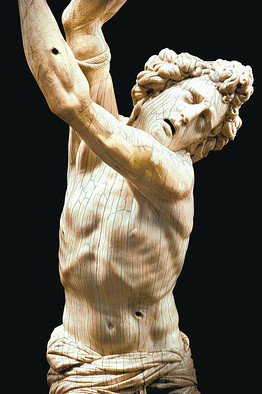 Last week, I posted here about a short
Last week, I posted here about a short 